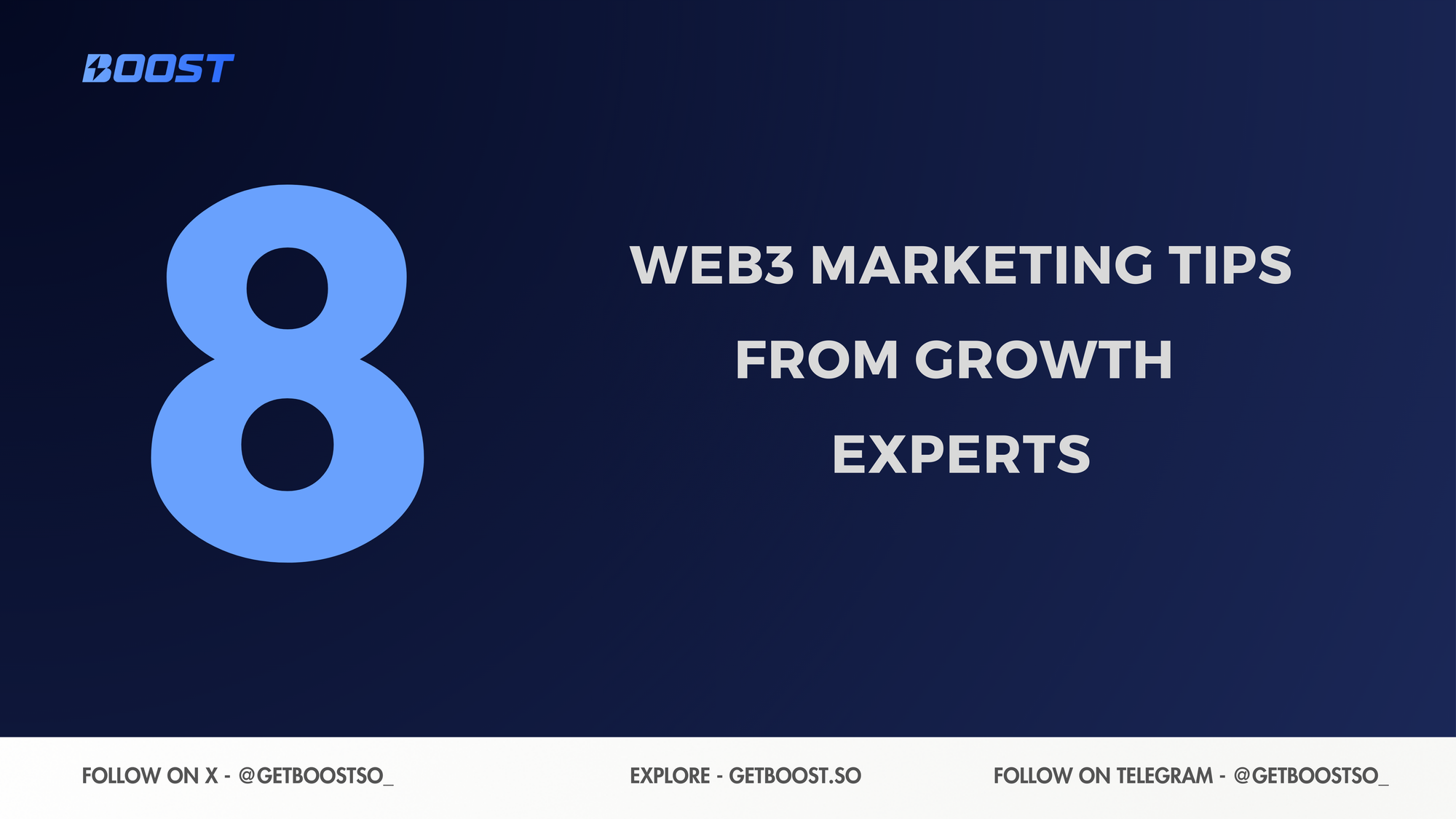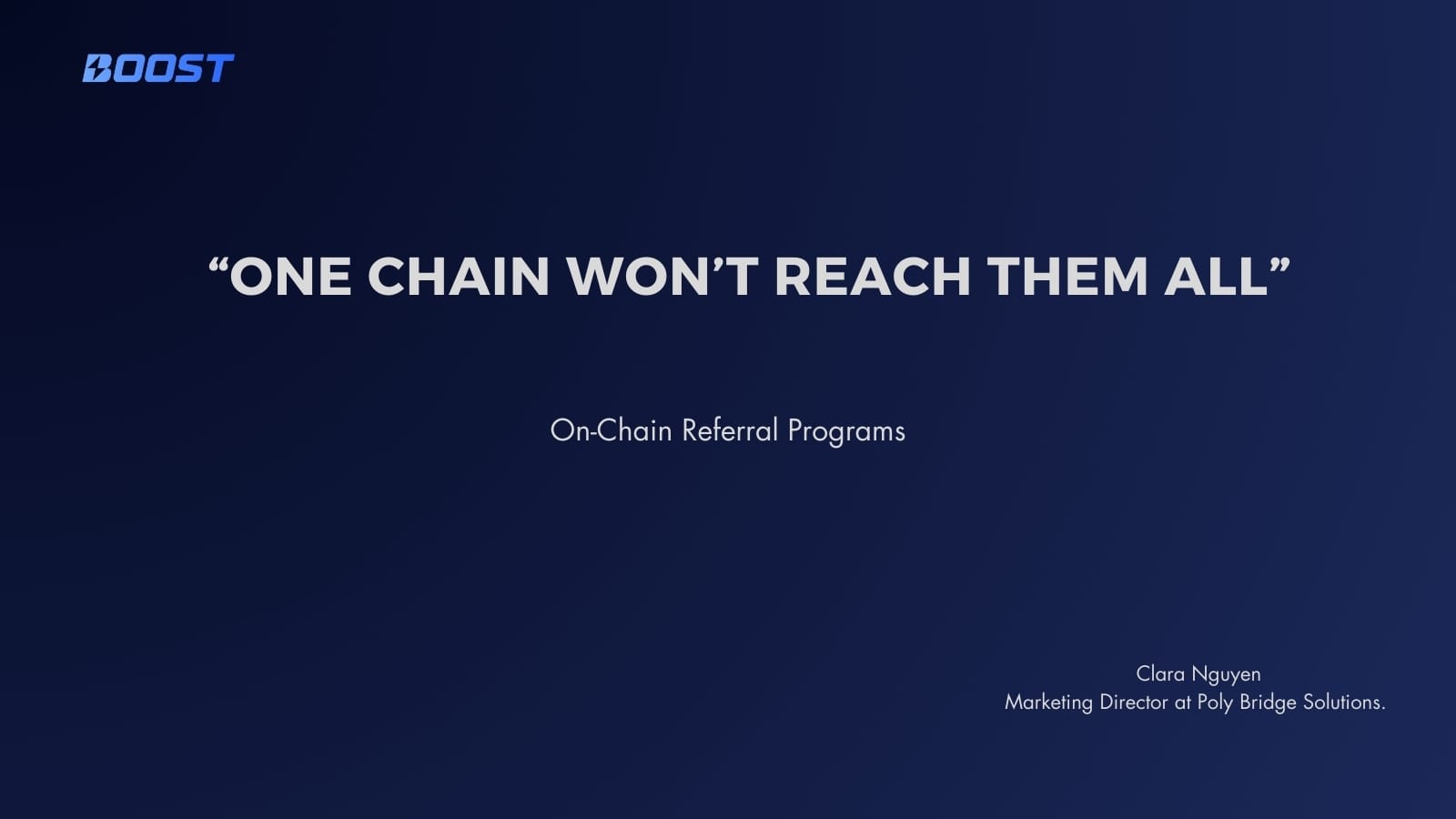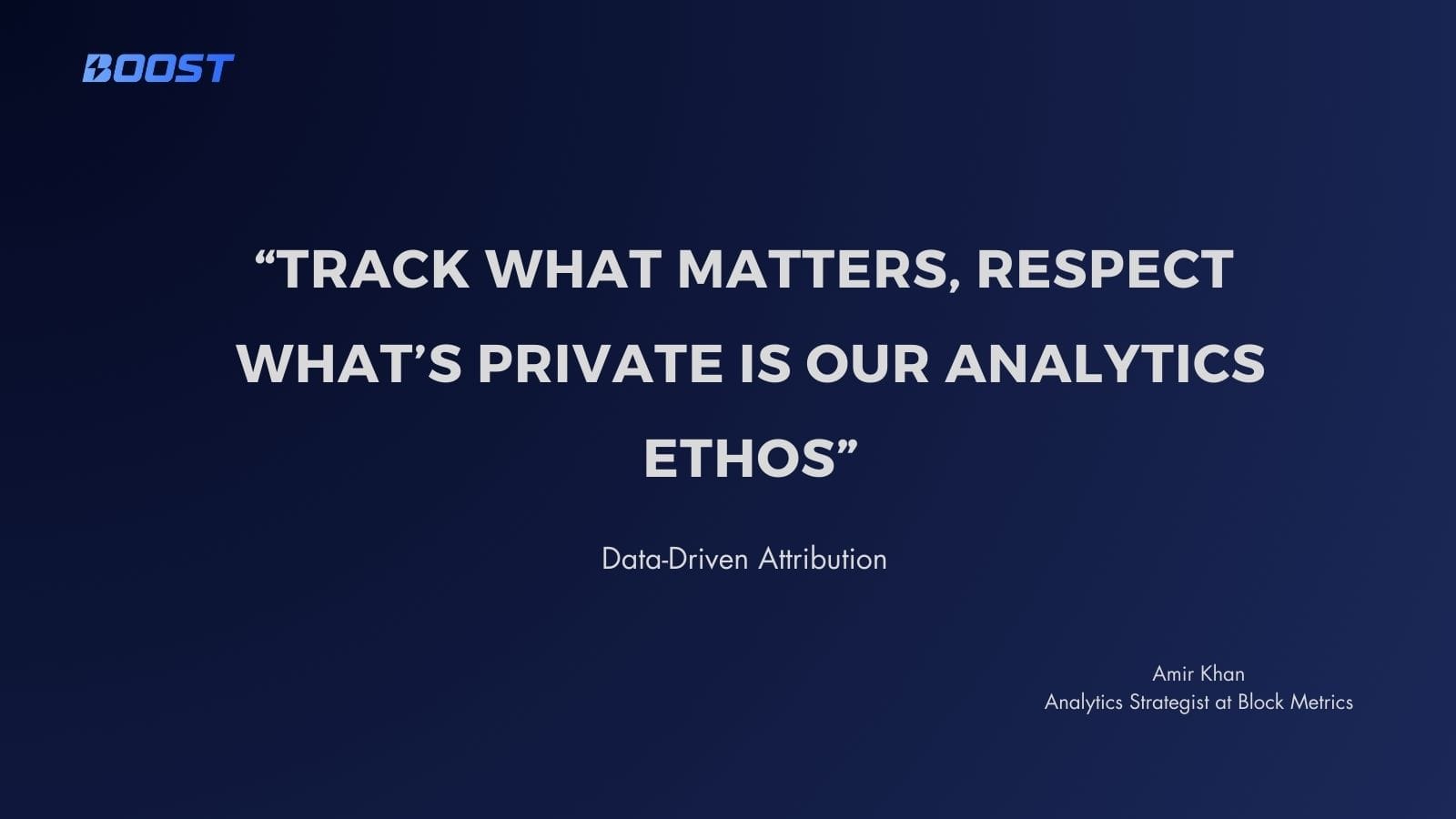8 Web3 Marketing Leaders Share Their Top Growth Strategies for 2025

As Web3 adoption surges, marketing paradigms are undergoing a seismic shift toward decentralization, privacy, and community empowerment. This evolution transcends fleeting trends, signaling a profound redefinition of brand-audience dynamics. To illuminate the path forward, we consulted eight distinguished Web3 marketing leaders, each sharing their singular strategy poised to drive growth in 2025. Their insights unveil a future where transparency and participation reign supreme.
1. Decentralized Community-Led Campaigns

Empower your users, and they’ll amplify your vision,’ is my mantra for 2025, declares Elena Voss, Chief Engagement Officer at Web3 Nexus.
Decentralized community-led campaigns position users as co-creators, incentivizing contributions with tokens or rewards. This strategy fosters ownership, transforming passive audiences into active advocates. For example, brands might reward social media promotion or forum participation, cultivating loyalty through tangible stakes in the ecosystem. Voss’s approach leverages collective energy to build vibrant, self-sustaining communities that propel organic growth.
2. On-Chain Referral Programs

Turn every user into a trusted evangelist,’ guides our acquisition strategy asserts Raj Patel, VP of Growth at Chain Pulse.
On-chain referral programs harness smart contracts to reward users for bringing in new participants, ensuring transparency and fairness. When a referrer’s invitee completes a sign-up or transaction, both receive automated token payouts—a seamless, trust-enhancing process. Patel predicts this method will accelerate user acquisition in 2025, as blockchain’s verifiability reassures participants, driving exponential network effects.
3. Cross-Chain Brand Integrations

One chain won’t reach them all,’ I tell my team daily, states Clara Nguyen, Marketing Director at Poly Bridge Solutions.
Cross-chain integrations enable brands to engage diverse blockchain ecosystems—Ethereum, Binance Smart Chain, Polygon—broadening their audience. By crafting interoperable experiences, such as NFTs usable across platforms, brands enhance visibility and foster collaboration. Nguyen’s strategy positions 2025 as the year brands transcend siloed networks, creating a cohesive, multi-chain presence that resonates universally.
4. Gamified User Acquisition

Make onboarding an adventure,’ is how we hook new users, explains Liam Carter, Head of User Experience at Game Layer.
Gamified acquisition integrates quests, challenges, and rewards into the onboarding process, captivating users from their first interaction. Tasks like exploring features or inviting friends might unlock tokens or exclusive access, boosting engagement. Carter’s data-driven approach aims to convert newcomers into advocates, leveraging interactivity to build a committed user base in 2025.
5. ZK-Powered Privacy Marketing

Privacy is our promise, proven without compromise, defines our campaigns, affirms Sofia Mendes, Privacy Lead at Zero Proof Labs.
Zero-Knowledge (ZK) technology enables marketing funnels that verify engagement—like eligibility for rewards—without exposing user data. This balances personalization with stringent privacy standards, building trust in a data-sensitive era. Mendes anticipates ZK-powered strategies will dominate 2025, as brands prioritize compliance and user confidence in an increasingly regulated digital landscape.
6. Data-Driven Attribution (Without Cookies)

Track what matters, respect what’s private,’ is our analytics ethos, notes Amir Khan, Analytics Strategist at Block Metrics.
Wallet-based analytics replace cookie-based tracking, offering privacy-compliant insights into user behavior via blockchain interactions. This method reveals engagement patterns—purchases, votes, or staking—without invasive overreach. Khan’s forward-thinking tactic equips brands to refine strategies in 2025, optimizing campaigns while honoring Web3’s privacy-first principles.
7. Creator-Powered Campaigns

Authenticity trumps reach every time,’ I remind my collaborators insists Maya Lopez, Partnerships Director at True Voice Collective.
Creator-powered campaigns tap influencers who genuinely embrace a product, amplifying credibility through organic storytelling. These creators—active in Web3 communities—share real experiences, resonating deeply with followers. Lopez’s strategy harnesses trust and relatability, positioning brands to forge authentic connections in 2025’s discerning Web3 audience.
8. Token-Gated Loyalty Systems

Reward loyalty with exclusivity,’ drives our retention model states Noah Kim, Loyalty Architect at Token Forge.
Token-gated systems require users to hold specific tokens for access to perks—early releases, VIP events, or premium content—cultivating a sense of privilege. This deepens engagement and incentivizes long-term commitment. Kim envisions 2025 as the year brands solidify supporter bases, using tokenomics to transform loyalty into a tangible, community-driven asset.
Final Thoughts
Web3 marketing thrives on shared value,’ is the thread uniting these strategies reflects industry analyst Dr. Zara Lin, synthesizing these insights.
The approaches—from decentralized campaigns to token-gated loyalty—herald a 2025 defined by transparency, participation, and mutual benefit. Community becomes the growth engine, supplanting traditional top-down messaging with user-led momentum.
Adopting even one of these strategies can distinguish brands in Web3’s next wave. By embracing decentralized campaigns, referral programs, cross-chain integrations, gamification, ZK privacy, wallet analytics, creator partnerships, and loyalty systems, companies can forge enduring user relationships. This isn’t merely about reaching audiences—it’s about empowering them, fostering trust, and co-creating value.
